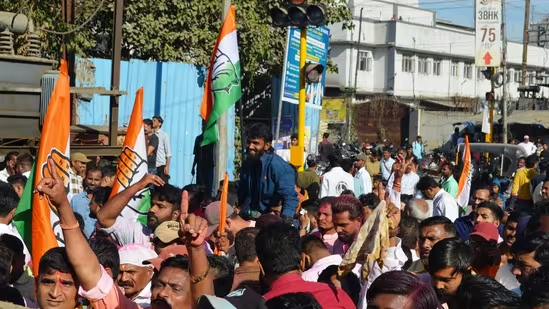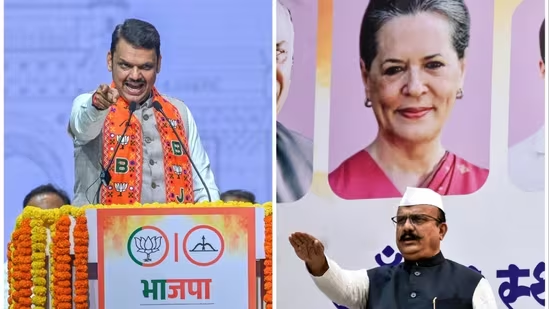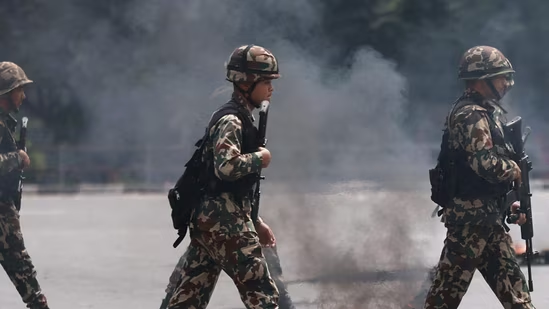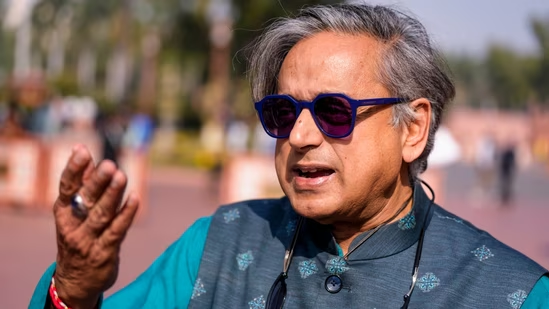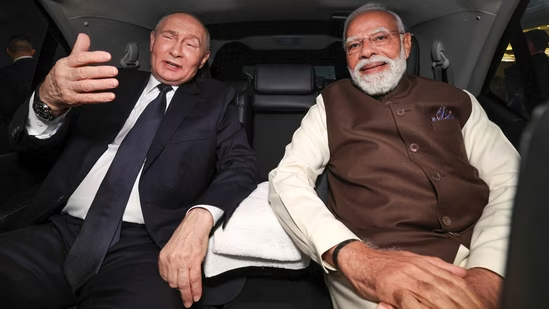The current chief minister of Delhi’s National Capital Territory, Arvind Kejriwal, came under fire from the Enforcement Directorate (ED) last month. Kejriwal was detained by the ED on suspicion of money laundering related to intentional anomalies in the formulation and execution of the Delhi Excise Policy, 2021–2022, as part of the agency’s pursuit of justice.
The accusations levelled against Kejriwal depict a convoluted network of collusion and corruption. As the alleged “kingpin” of this illegal operation, Kejriwal is accused of organising a plot to use dubious methods to gain an unfair financial advantage. The main thrust of these accusations is the alleged arbitrary distribution of alcohol licences, which is said to have benefited certain distributors with political connections.
On closer inspection, though, it seems that there are several holes and uncertainties in Kejriwal’s legal case. The validity of the ED’s argument is questioned by three important legal factors.
First off, there are concerns regarding the validity of the accusations, as there isn’t any hard proof connecting Kejriwal to the money laundering of illegal proceeds. Although there is evidence that he was involved in helping to generate these proceeds, there is no proof about their acquisition or use afterwards.
Second, there is a lack of cohesion and clarity at the centre of the purported laundering scheme. Not only must the conspiracy be proven to exist, but its shared goal—which in this instance goes beyond simple corruption to include money laundering—must also be established. But the evidence presented by the ED is insufficient to establish Kejriwal’s deliberate involvement in this kind of two-pronged plot.
Thirdly, there are substantial legal challenges to the automatic imputation of guilt based on Kejriwal’s affiliation with the Aam Aadmi Party (AAP). Though there is disagreement over whether Section 70 of the Prevention of Money Laundering Act applies to political organisations, the ED argues that the AAP’s activities unavoidably involve its leaders, including Kejriwal. This part of the case is further complicated by the fact that AAP has not been officially charged.
There are more obstacles in the way of the ED’s efforts to link Kejriwal to money laundering activities when it comes to identifying and classifying illegal proceeds. The veracity of the claims is undermined by conflicting accounts and dubious interpretations that obscure the definition of unlawful earnings.
In summary, there are several legal ambiguities and complications in the Arvind Kejriwal case. Even with the gravity of the charges, there isn’t a convincing connection between Kejriwal and the purported money laundering activities based on the evidence that has been provided thus far. As the judicial process progresses, the judiciary must examine the case in great detail, keeping in mind that strong evidence and legal consistency are necessary to determine Kejriwal’s fate.
- Latest
- Trending




